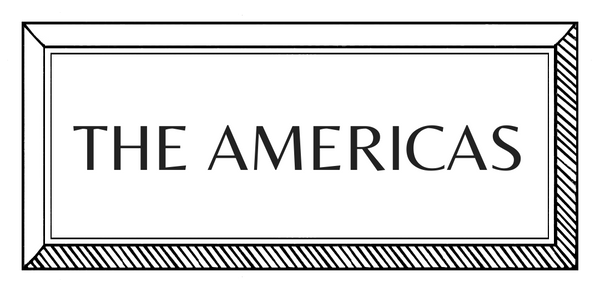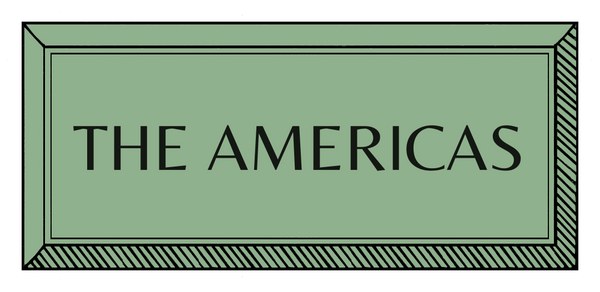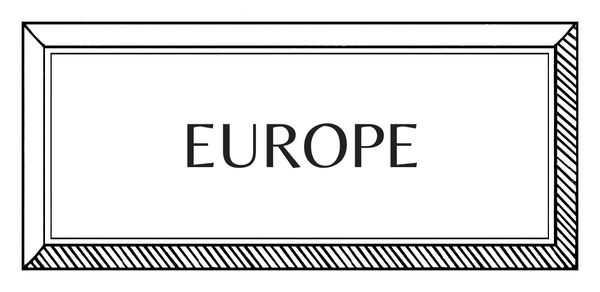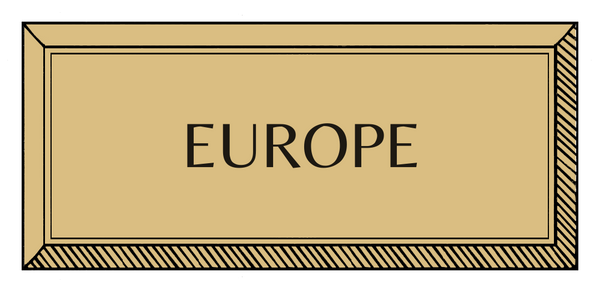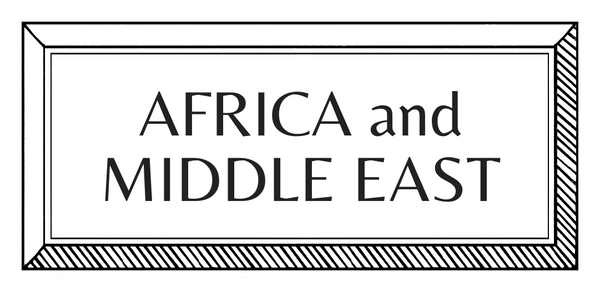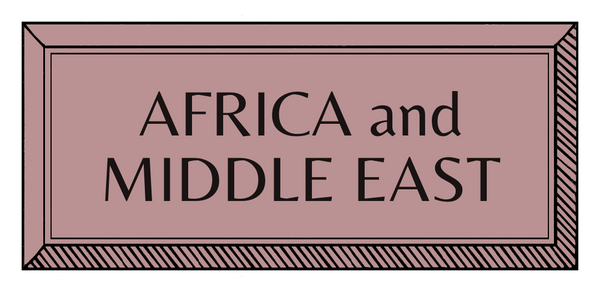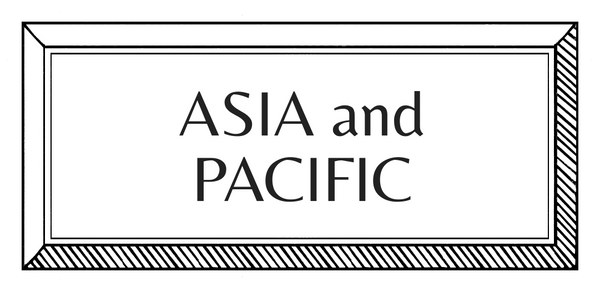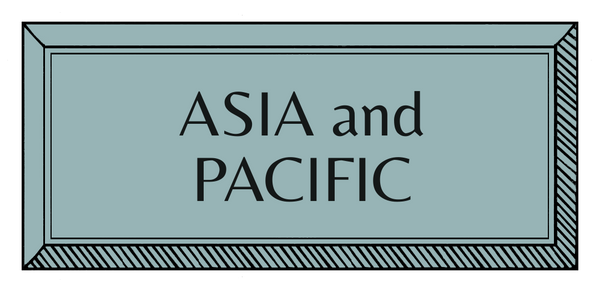MAKERS | AFRICA | MOROCCO | TEXTILES
Brigitte Perkins: Tadert Titbirine | Textile Company

In 1995, Brigitte Perkins came upon a group of artisanal weavers in the heart of the ancient Medina in Marrakesh. Since this discovery she has focused on reviving the almost defunct handmade production of Moroccan fabrics, in collaboration with a local group of weavers and embroiderers. This project has grown into a company: Tadert Titbirine.
Brigitte Perkins describes the collaborative foundations of the workshop, remarking on the way in which she, the weavers and the embroiderers all “taught each other a lot.” The combination of the synergy between the artisans and Brigitte’s introduction of a methodology to their practice has resulted in the collapse of hierarchical structures within the workshop, rendering the weavers and embroiderers autonomous.
On her first trip to Morocco in 1988, Brigitte was struck by the living conditions. Many families she met led “difficult, poor lives... merely taking care of their house and children and working a lot.” She was therefore compelled to improve the living conditions of the weavers and embroiderers, primarily by making literacy part of their training. She was especially touched by the female embroiderers that have developed remarkably since the establishment of the workshop, in terms of both technique and temperament. Brigitte speaks of the way in which “from a simple manual skill, a personal even physical transformation took place."

Brigitte spent three years working alongside the weavers on a daily basis, gradually changing materials and colors, and introducing a method where there was previously “no structure, no base, all improvised traditional blankets and garments.” Working with the same weavers she first encountered in the Medina, she moved the workshop to a village outside Marrakesh called Tamesloeht.
The intimacy of the relationship between Brigitte and the weavers is exemplified by their nickname for her, Noura, meaning “light coming from the sky,” and their way of welcoming her into their families as one of their own.
Prior to her arrival in Marrakech Brigitte was not at all familiar with Moroccan textiles. She has combined her own aesthetic vision with the traditional Moroccan practices of hand embroidery and weaving, the results of which “breathe new life into loom weaving by hand.”
The adoption of these traditional techniques makes a vibrant connection between past and present through the layers of history embedded in the practices of weaving and embroidery. Brigitte arranges each pattern on the loom every morning, and in this way she is able to weave her own aesthetic into a traditional practise.

In line with tradition, the weavers were used to working only with neutral color schemes, and had not been previously exposed to the more vivid color combinations typical of Brigitte’s designs. She gradually taught the weavers to work with different colors and they began to learn and appreciate, slowly overcoming their inhibitions.
This expansion of the color palette lends the fabrics produced by Tadert Titbirine a contemporary relevance, liberating them from the constraints of tradition. Brigitte draws inspiration from her extensive travels around Morocco, and the personalities and colors from these experiences are very much alive in her creations.
Words by Angelica Hicks
Images from Tadert Titbirine







